Custom interfaces to get the most out of a folding iPhone or iPad are in the works
Folding devices with two screens have potential beyond just more display real estate. Apple is researching, at length, how to make the interfaces of folding iPhone, iPad, or all-screen MacBook Pro more than the sum of its parts.
It's not as if it's a surprise that Apple has been researching an iPhone Fold, or a folding iPad. And of course it has had foldable laptops from the PowerBook 100 to today's MacBook Pro.
Yet this newly-granted patent, called "User Interfaces For Devices With Multiple Displays," could even replace every one of those devices. Across 335 drawings and flowcharts, the patent ultimately describes a device that is made up of two screens, folded in the middle like a current MacBook Pro.
While that fits with the many previous rumors, and patents, regarding foldable devices, though, this particular patent is about more. It's about how Apple can do its typical thing of coming late to an idea, yet then doing it so much better than anyone else, that everyone else follows it.
Specifically, when you have two screens on one device, there is the issue of how they work together. The Mac has long been able to support multiple screens, and Apple intelligently moves apps if a previously-used display is no longer available.
Apple also introduced Universal Control for bringing together the screens of entirely separate devices. This new patent is about doing that intelligent awareness of what screens are available, to a folding device and potentially replacing items like keyboards.
That said, Apple does the typical patent-speak of trying to make this proposal cover as wide a range of possibilities as conceivable, so it does refer to such devices having keyboards, joysticks, and so on. It's just as you read the detail and study the diagrams, it's hard to imagine where any of that could go.
Then while the drawings look predominantly like a folding iPhone or perhaps iPad, Apple is keen for you and any future patent lawyers that it means this to cover laptops — and even desktops.
"The device can be] a portable communications device, such as a mobile telephone, that also contains other functions, such as PDA and/or music player functions," says the patent. "It should also be understood that, in some embodiments, the device is not a portable communications device, but is a desktop computer with a touch-sensitive surface (e.g., a touch screen display and/or a touchpad)."
In every embodiment shown in the patent, this proposed device is one display screen and one touch-sensitive screen. It's not at all clear why Apple insists on this distinction, except that it has traditionally been against the display of a MacBook being touch-sensitive.
Whether that distinction prevails or some future iteration lets users tap away on either screen, the more than 140,000 words of the patent are at pains to describe what appears to be an easily summarized idea.
This idea is that where you might expect a regular keyboard on a MacBook-like device, you instead get a screen. Interestingly, that screen "optionally has a video resolution in excess of 100 dpi," says Apple, "[or] a video resolution of approximately 160 dpi."
That's the only reference to the resolution of either that keyboard-replacing touch screen, or the presumably higher resolution display screen above it.
Apple expects users to be looking chiefly at the top display screen as they optionally make "contact with [the] touch screen using any suitable object or appendage, such as a stylus, a finger, and so forth." The bottom touch display, then, can switch between being a sketchpad, a trackpad, or a keyboard.
Whatever the touch display is being used for, Apple goes very deep into exactly what the user will see on the display screen. For instance, "if the visual effect comprises being displayed in a bright color, the cursor is optionally updated to be displayed at a different color."
There are many, many descriptions of the cursor changing color or being animated, but always the purpose is so that "the user is able to more quickly locate, and thereby use, the cursor... which additionally reduces power usage and improves battery life of the electronic device by enabling the user to use the electronic device more quickly and efficiently."
Apple wants our fingers or styluses to be tapping and drawing on the lower screen, while our attention is entirely focused on the top display. It wants us to regard the device as one single entity and not have to consider which screen we place what item on.
This patent is credited to seven inventors. They include Thomas Steven Hulbert, whose previous work for Apple includes updating a display to suit where a user is standing or looking.
 William Gallagher
William Gallagher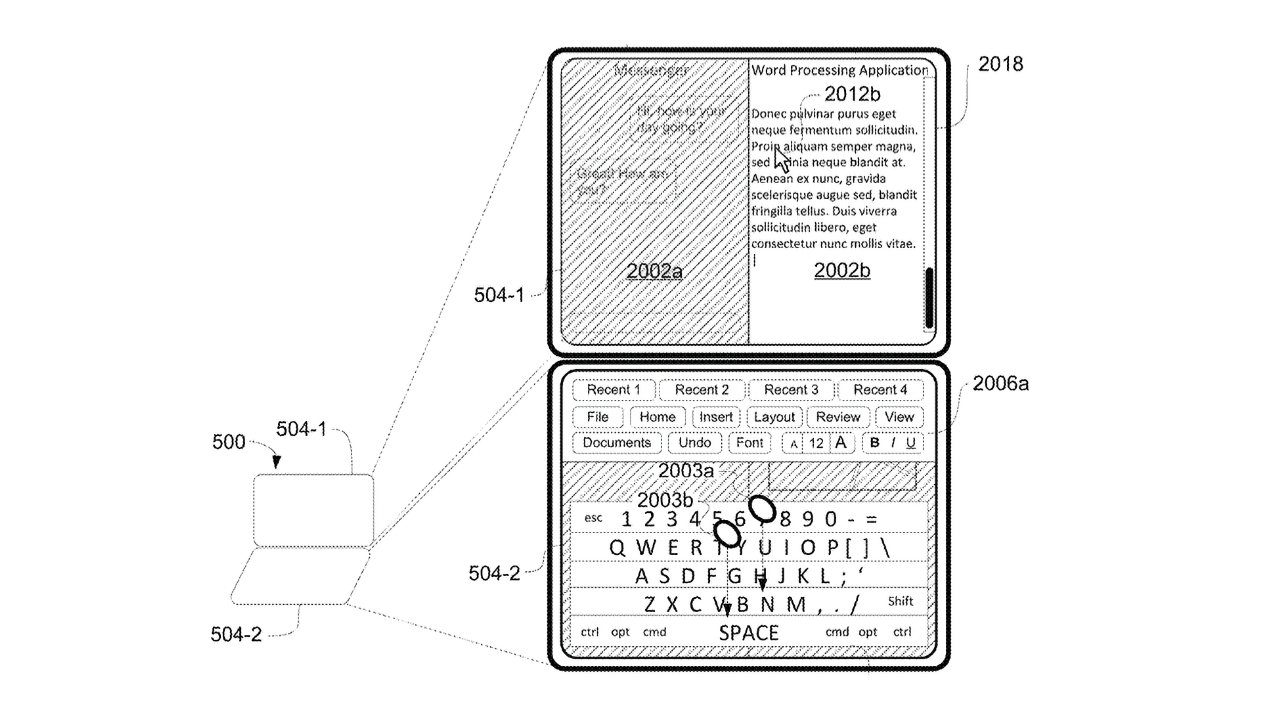
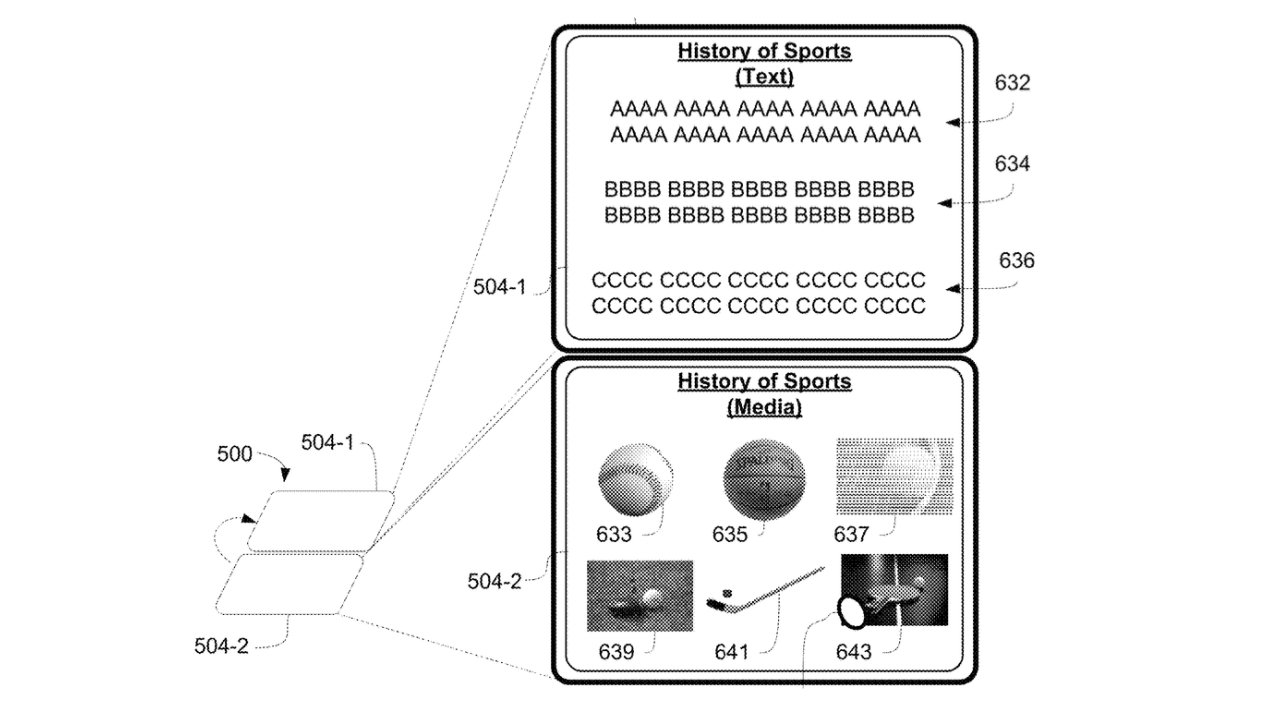
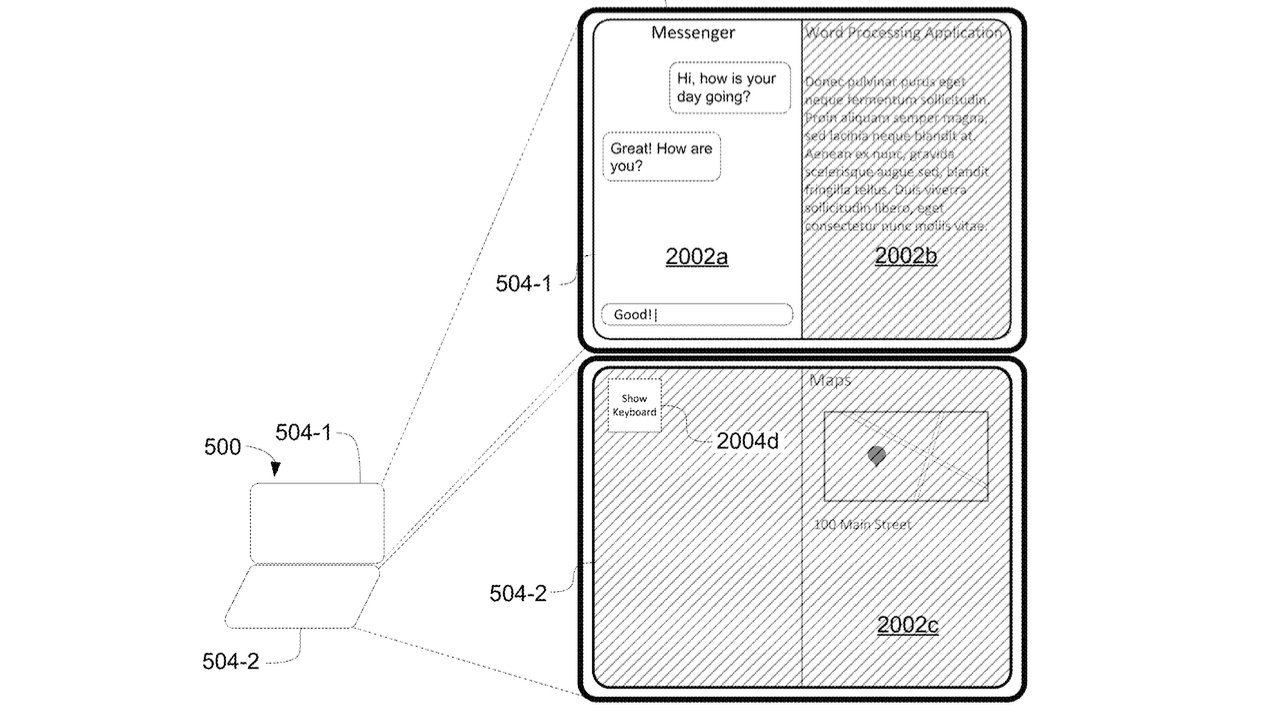
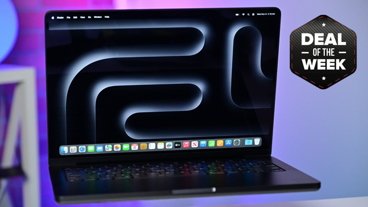
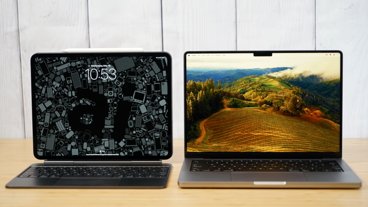
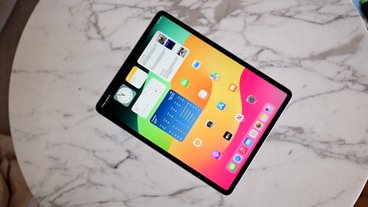
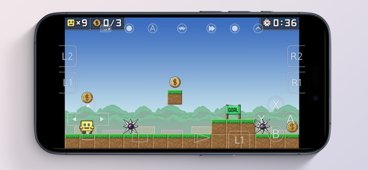
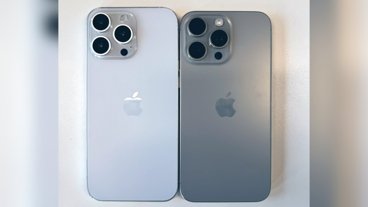

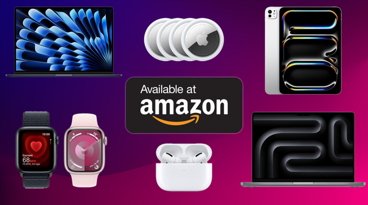





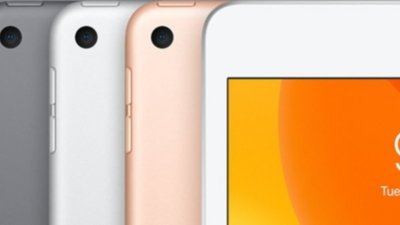
 Chip Loder
Chip Loder
 Wesley Hilliard
Wesley Hilliard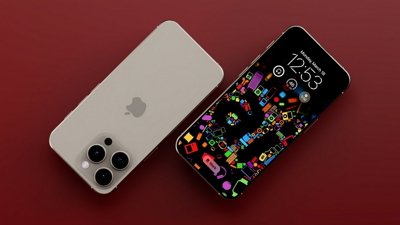
 Malcolm Owen
Malcolm Owen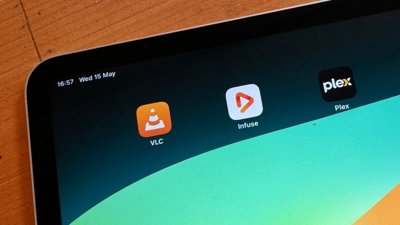

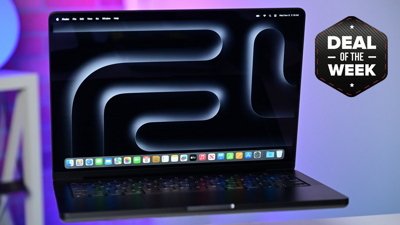
 Christine McKee
Christine McKee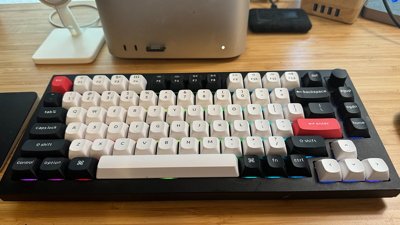
 David Schloss
David Schloss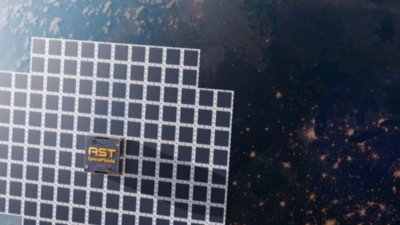
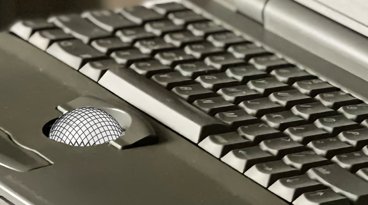
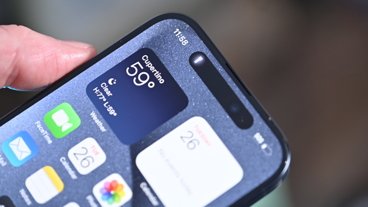


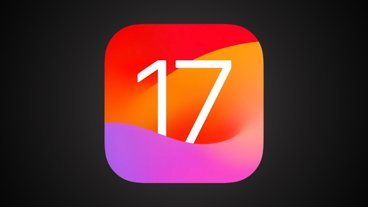
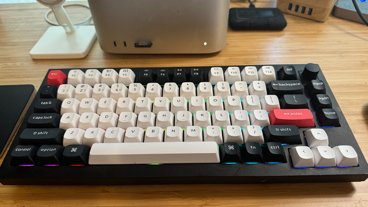



3 Comments
Always great to have a plan…whether it gets used or not